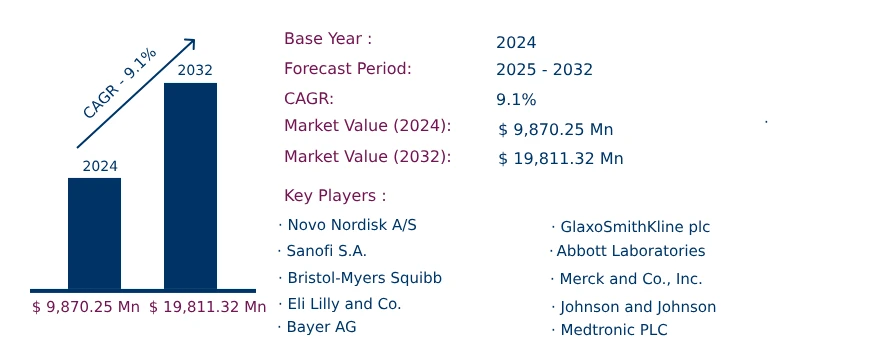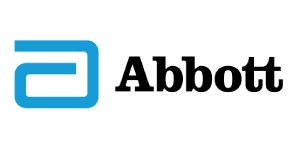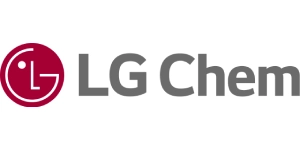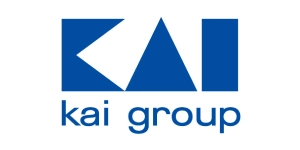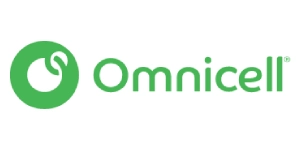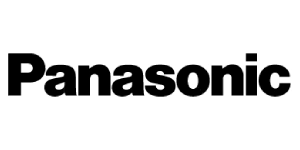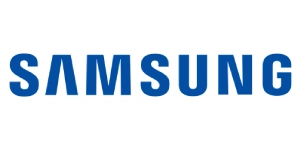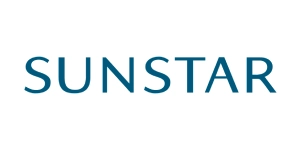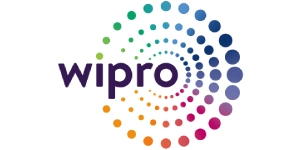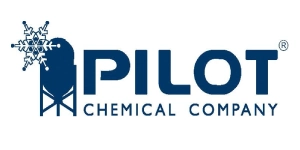Global Gestational Diabetes Market to Reach USD 19,811.32 Million by 2032 | CAGR of 9.1%
Category : Pharmaceuticals | Published Date : Jan 2025 | Type : Press Release
Gestational Diabetes Market Scope & Overview:
In the newly published report, Consegic Business Intelligence states that the Gestational Diabetes Market was valued at USD 9,870.25 million in 2024 and is projected to grow at a CAGR of 9.1%, reaching USD 19,811.32 million by 2032. Gestational diabetes is a condition that arises during pregnancy, characterized by elevated blood glucose levels and requiring effective diagnosis, monitoring, and management. The market comprises a range of diagnostic tools, glucose monitoring systems, and insulin delivery devices, designed to ensure maternal and fetal health while reducing pregnancy-related complications.
The report comprises the Gestational Diabetes Market Share, Size & Industry Analysis, based on Type (Type A1, Type A2, Others), Treatment Type (Insulin Therapy, Oral Anti-Diabetic Drugs, Non-Pharmacological Treatment), Administration (Oral, Intravenous, Others), Diagnosis (Oral Glucose Tolerance Test (OGTT), Fasting Blood Sugar Test, Random Blood Sugar Test, Hemoglobin A1C Test), and Region (North America, Europe, Asia-Pacific, Middle East & Africa, Latin America), and Forecast, 2025-2032.
The report contains detailed information on Gestational Diabetes Market Trends, Opportunities, Value, Growth Rate, Segmentation, Geographical Coverage, Company Profiles, In-depth Expert Analysis, Revenue Forecast, Competitive Landscape, Growth Factors, Restraints or Challenges, Environment & Regulatory Landscape, PESTLE Analysis, PORTER Analysis, Key Technology Landscape, Value Chain Analysis, and Cost Analysis.
Segmental Analysis :
Based on type, the market is segmented into Type A1, Type A2, and Others.
- The Type A1 segment accounted for the largest market share in 2023, driven by its non-invasive management approach through lifestyle modifications, including diet and exercise. This segment's dominance is further supported by rising awareness about lifestyle-based interventions for blood sugar control during pregnancy.
- The Type A2 segment is projected to grow at the fastest rate, fueled by the increasing adoption of insulin therapy and oral medications for women requiring pharmaceutical intervention alongside lifestyle management.
Based on treatment type, the market is segmented into Insulin Therapy, Oral Anti-Diabetic Drugs, and Non-Pharmacological Treatment.
- The insulin therapy segment held the largest revenue share of 65.40% in 2023, attributed to its effectiveness in managing severe cases of gestational diabetes where blood glucose cannot be controlled through non-pharmacological methods.
- The oral anti-diabetic drugs segment is anticipated to register the fastest CAGR, supported by the growing preference for non-invasive, effective solutions like metformin for managing gestational diabetes.
Based on administration, the market is segmented into Oral, Intravenous, and Others.
- The oral segment dominated the market in 2023, driven by the convenience of administering oral anti-diabetic drugs and their growing availability in global markets.
- The intravenous segment is projected to grow at the fastest rate, owing to its use in hospital settings for rapid glucose control during labor and delivery.
Based on diagnosis, the market is segmented into Oral Glucose Tolerance Test (OGTT), Fasting Blood Sugar Test, Random Blood Sugar Test, and Hemoglobin A1C Test.
- The OGTT segment accounted for the largest revenue share in 2023, being the most reliable diagnostic test for gestational diabetes due to its ability to accurately assess glucose tolerance.
- The Hemoglobin A1C Test segment is anticipated to grow at the fastest rate, driven by its ability to provide a long-term view of blood glucose levels, supporting improved disease management.
Based on regions, the market is segmented into North America, Europe, Asia-Pacific, Middle East & Africa, and Latin America.
- North America: Valued at USD 3,274.04 million in 2024, this region leads the market due to high awareness of gestational diabetes and advanced healthcare infrastructure.
- Asia-Pacific: Expected to register the fastest CAGR of 9.6%, driven by increasing healthcare investments and growing awareness in countries like China, India, and Japan.
| Report Attributes | Report Details |
| Study Timeline | 2019-2032 |
| Market Size in 2032 | USD 19,811.32 Million |
| CAGR (2025-2032) | 9.1% |
| Type | Type A1, Type A2, Others |
| Treatment Type | Insulin Therapy, Oral Anti-Diabetic Drugs, Non-Pharmacological Treatment |
| Administration | Oral, Intravenous, Others |
| Diagnosis | Oral Glucose Tolerance Test (OGTT), Fasting Blood Sugar Test, Random Blood Sugar Test, Hemoglobin A1C Test |
| By Region | North America(U.S., Canada, Mexico) Europe(U.K., Germany, France, Spain, Italy, Russia, Benelux, Rest of Europe) APAC(China, South Korea, Japan, India, Australia, ASEAN, Rest of Asia-Pacific) Middle East & Africa(GCC, Turkey, South Africa, Rest of MEA) LATAM(Brazil, Argentina, Chile, Rest of LATAM) |
Top Key Players & Competitive Landscape :
The competitive landscape encompasses major innovators, aftermarket service providers, industry giants, and niche players, all of which are thoroughly examined by Consegic Business Intelligence in terms of their strengths, weaknesses, and value-addition potential. This report includes detailed profiles of key players, market share analysis, mergers and acquisitions, resulting market fragmentation, and emerging partnership trends and dynamics.
List of prominent players in the Gestational Diabetes Industry:
- Novo Nordisk A/S (Denmark)
- Sanofi S.A. (France)
- Bristol-Myers Squibb (United States)
- Eli Lilly and Co. (United States)
- Bayer AG (Germany)
- GlaxoSmithKline plc (United Kingdom)
- Abbott Laboratories (United States)
- Merck & Co., Inc. (United States)
- Johnson & Johnson (United States)
- Medtronic PLC (Ireland)
Recent Industry Developments :
- September 2024: Novo Nordisk launched an innovative insulin delivery device for gestational diabetes patients, offering better glycemic control and convenience.
